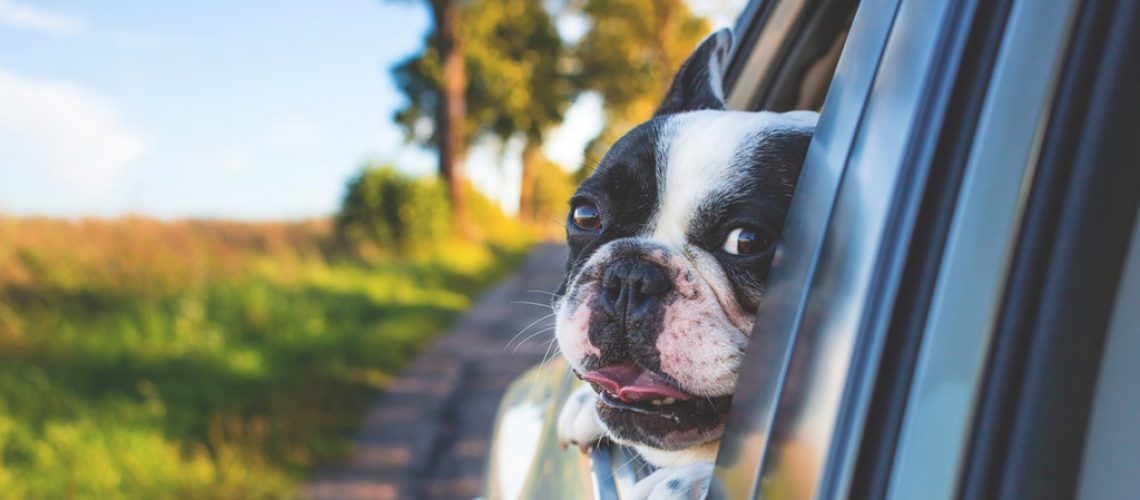Gone are the days when people locked up their pets, without even a goodbye, before leaving the house. Nowadays, animals accompany us everywhere from lunch arrangements to holidays – which means they’re spending more time in our cars. While some might be content to sit quietly on the back seat, many prefer to make the most of their time in the vehicle, whether that’s sitting on their owners’ laps while driving, lying in the back in a manner that obscures the rear view, or sitting on the front seat with their heads out the window. All of these behaviours can put drivers and their passengers at risk, as does travelling with an unrestrained cat or bird. Although there are no laws regulating how pets should travel, safety is certainly something pet-loving drivers should consider.
That’s why MIWA recommends leaving pets at home unless absolutely necessary and, if there is no other choice, purchasing a harness or barrier from a pet shop. This will ensure the pet’s safety in the case of an abrupt stop, while also making sure that they don’t cause distractions. Drivers should remember that most pets find travelling in a car uncomfortable, so if a long journey is unavoidable, it’s wise to try some practice runs to get them used to the vehicle. It’s equally important to make the journey comfortable for the pet, by including water and toys and taking regular breaks. Drivers should take their pets for a check-up before leaving for a holiday, using the time to ask the vet about health issues specific to the area and making sure that all vaccinations are up to date. Finally, a collar and microchip are vital in case the pet gets lost.


